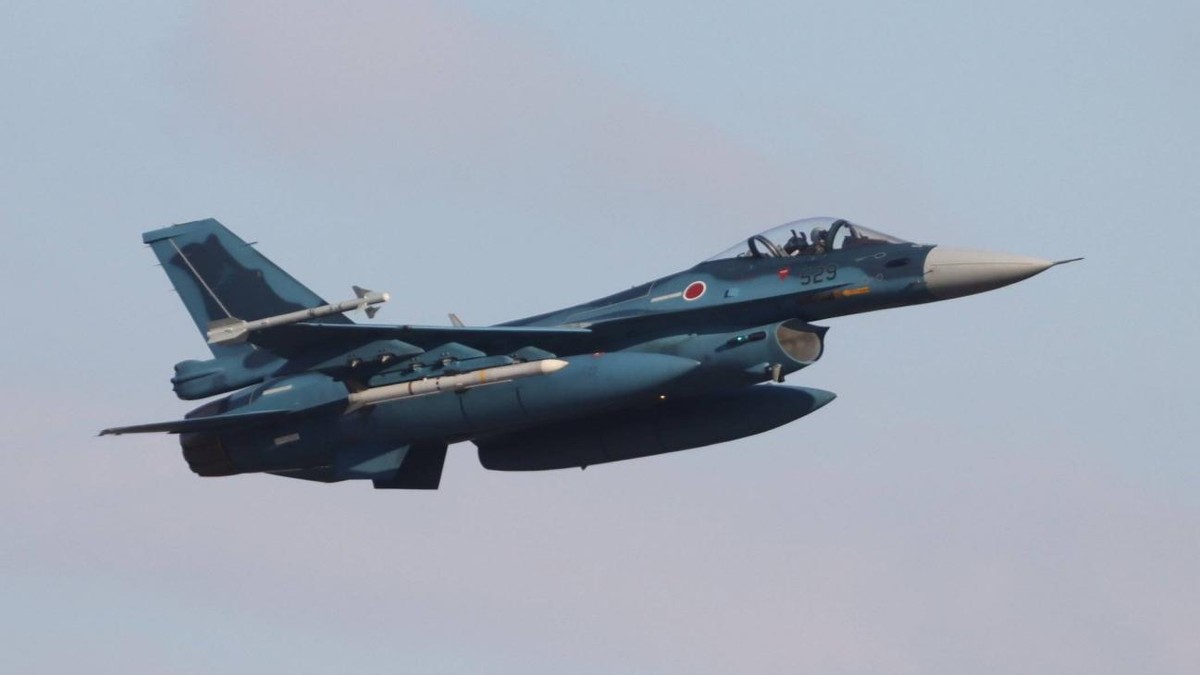【Military and Martial Plane】Author: Lele
For the first time in Japan, the "ship-based rail gun" test data was released, and it was stated that the projectiles achieved a preliminary speed of 2,230 meters per second, and accurately hit the target ship. The US "Military Watch" website said with great excitement, "In the future, Japan's transfer of relevant technical information to the United States will become the basis for the United States to deploy such weapons to compete with China that masters hypersonic weapons."

▲The idea of the "Military Watch" website is really interesting
How to say it, the concept of hypersonic weapons was first proposed by the Americans, and it was about 2005. The design goal was to strengthen the maneuverability of the missile in the middle section and reduce the probability of being intercepted. In the atmosphere where the US military's new equipment was generally aligned with aliens, hypersonic weapons were actually relatively low-key, so naturally there was no attention. The US military actually stopped after only a few verification projects. The fundamental reason was that the US opponents at that time were not equipped with advanced anti-missile systems, and actually lacked R&D momentum. However, the United States' anti-missile system has achieved some achievements, posing a serious threat to ballistic missiles in other countries, prompting China and Russia to spend a lot of effort to make breakthroughs.

▲At that time, only high-end products like DDG-1000 could attract attention
Russia itself has limited technology, so it has developed two entry-level "dagger" and "zircon". The former performed well in actual combat, and the "Patriot-3" could not be intercepted at all, while the latter was slightly higher and it has not been completed yet. China does not have much technical reserves, but its resources are more abundant and its determination is stronger. After more than 10 years of hard work, it is a spectacular scene where the flowers bloom and the current hypersonic weapons are full of current service. The United States was determined to catch up as early as after the Dongfeng-17 appeared. But after six years of hard work, the actual gap between the two sides has become even bigger. Seeing that this road can no longer catch up, the US military can only hope to break through on other roads, and at the very least, it must be able to run side by side, and the rail gun is a good direction.

▲"Dagger" is a very cost-effective weapon
On the surface, under the existing technical conditions, the railgun is expected to reach an ideal value of 2,200 meters of initial speed per second and a barrel life of 120 rounds. Compared with laser weapons that are susceptible to weather interference and severe attenuation, the railgun has stronger battlefield adaptability. In theory, in addition to hitting targets with high kinetic energy, it also has the potential to intercept hypersonic weapons at high speed. Especially with China's rail gun development being very low-key and Japan has become the world's number one, the United States has seen hope of "overtaking on the curve". After all, in the F-2 fighter project decades ago, the Americans swept away the material forming and phased array radar hardware technology that Japan has built for many years in the name of cooperative research and development.

▲From the current perspective, Japan has lost money in the F-2 project
The problem is that the practical difficulties of rail guns are indeed difficult to overcome. In fact, the US Navy is the first in the world and has invested heavily in the research and development of rail guns. However, after burning down a large amount of funds, facing the rapid development of the Chinese Navy, such projects that cannot be seen ineffective have been cut off to save resources and develop more practical equipment. Based on the experience of the US Navy, the two main problems currently faced by railguns are: 1. The accuracy of the shells is difficult to guarantee at high speed; 2. The existing processing materials are not enough to support the severe wear caused by high-energy launch.

▲Relatively speaking, the problem of accuracy is more difficult to solve
Since the 1980s, Japan has made many breakthroughs in the military field, producing equipment including F-2 fighter jets, C-2 transport aircraft, etc., with certain characteristics. But with the stagnation of the economy and the United States' fierce suppression, it has not improved for many years. As a project with extremely high technical difficulty, track guns are always difficult to break through guidance and material problems, and it is not surprising that Japan has developed a verification project, and it is too difficult to implement and install. In fact, compared with the current industrial strength of both sides, China and Japan are basically starting at the same time, and it is impossible for the latter to lead. Even if they can go hand in hand at the beginning, their subsequent development will be destined to be left behind.

▲C-2 was originally the hope of Japan's aviation industry, but now it has become a waste of money
The attitude of the "Military Watch" website makes people feel that the United States has been frightened by Chinese hypersonic weapons. Now even the idea of "relying on the Japanese rail gun to surpass China and then teaching the United States to overtake" can be used to go public, which was unimaginable before.














